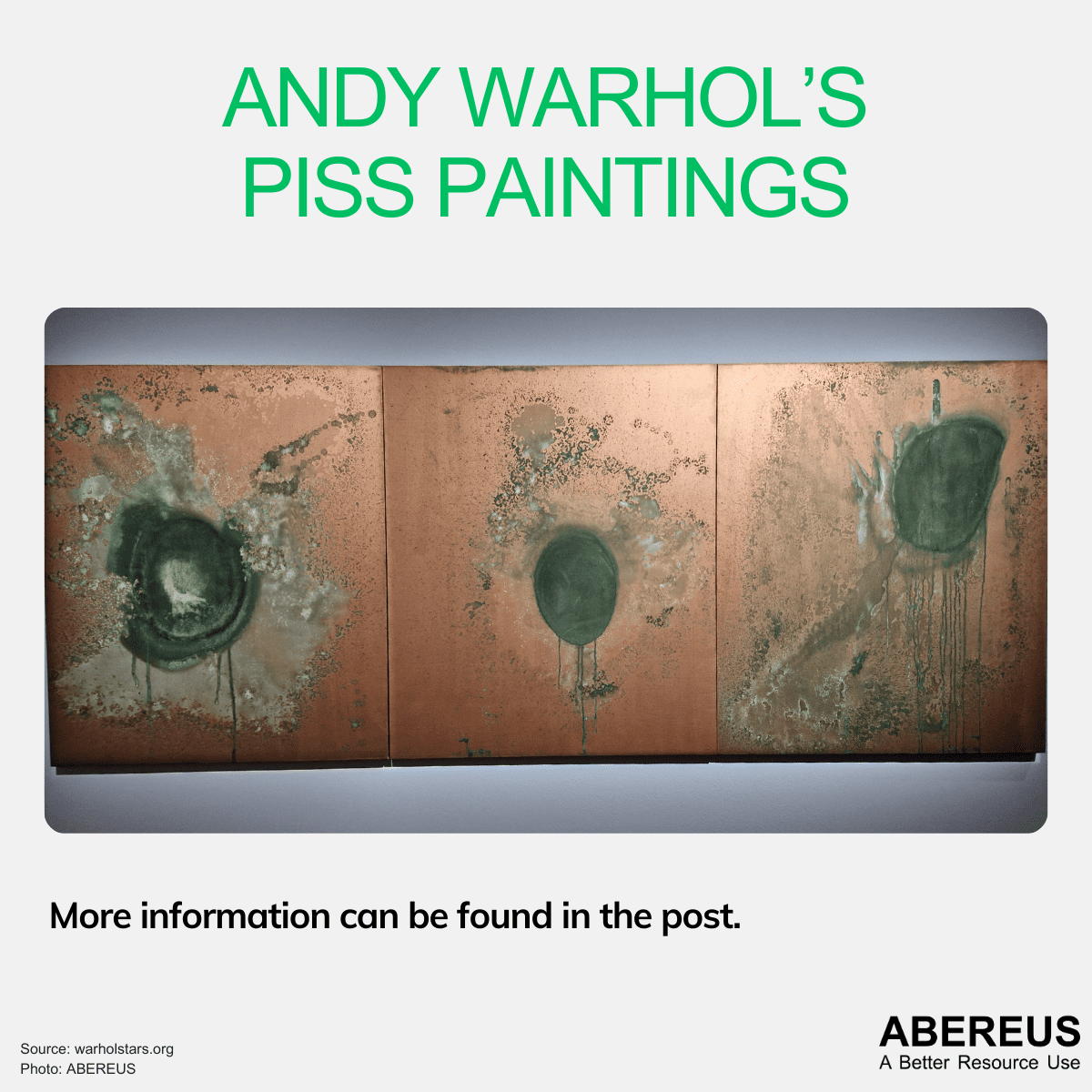Andy Warhol’s Piss Paintings

Date
Andy Warhol, a prominent figure in the Pop Art movement, ventured into new and provocative artistic territory with his “Piss Paintings”, created between 1977 and 1978. These works involved a unique and experimental process where Warhol and his friends urinated on canvases coated with copper-based paint. The urine caused the copper to oxidize, resulting in abstract patterns and color variations on the canvases. This unconventional method challenged traditional notions of art and sought to explore themes of bodily functions, decay, and transformation.
Warhol’s “Piss Paintings” were part of a larger series known as the “Oxidation Paintings.” These works were significant in Warhol’s oeuvre as they represented a departure from his earlier focus on consumer culture and celebrity imagery. Instead, they delved into the realms of materiality and process, pushing the boundaries of what could be considered art. The “Piss Paintings” were both controversial and innovative, sparking discussions about the role of the artist and the nature of artistic creation. If you want to learn more about Andy Warhol’s Piss Paintings or other strange things around toilets, follow us.
Source: Andy Warhol’s Piss Paintings
Photo: ABEREUS



